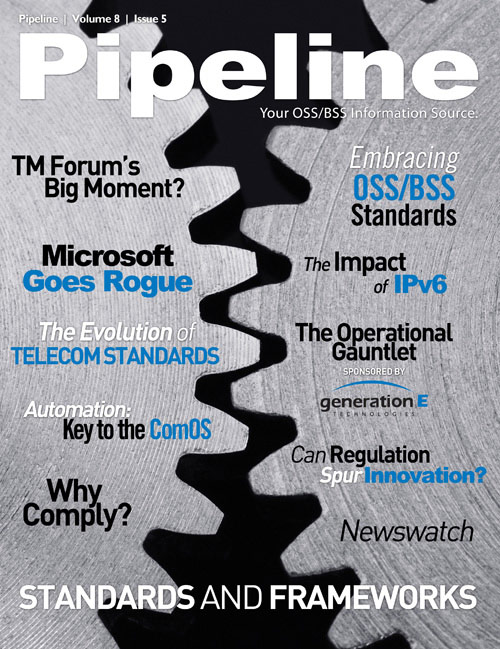How Many Addresses are Left?
Today, the internet is out of addresses. Technically, in fact, the pool of unassigned IP addresses was exhausted in February of 2011. According to the Internet Society (ISOC), a non-profit organization that advances internet-related standards and education:
This begins the final chapter in the history of IPv4, as each of the five regions of the world have now received their final blocks of addresses to distribute for use in new network developments. The regions will each run out of IPv4 addresses at different times, at which point the only new IP addresses available for Internet growth will be IPv6.
The Internet's Father Speaks Out
Vint Cerf, VP and Chief Internet Evangelist, Google, is widely recognized as the father of the internet (along with Bob Kahn, not Al Gore). Mr. Cerf drove the creation of TCP/IP, helped form ICANN, and created the first internet-connected email service. He is also a very vocal proponent for the transition to IPv6. He underlined this need at a recent IPv6 gala:
The most important point I could make it is now imperative on a national and international level for all countries and all ISPs to implement IP version 6 [IPv6]. In the absence of the implementation of IPv6, in parallel with IPv4, we won't really be able to expand the internet. How can anyone possible imagine that the internet can continue to expand, given the fact that IPv4 address space has already officially run out at this point, there can't be any question in anyone's mind that the correct way forward, and the only responsible way forward, is to implement IPv6.
To further spur the adoption of IPv6, the ISOC coordinated World IPv6 day in June of 2011, and Vint Cerf, as well as Google, were very active at the event. But IPv6 is clearly not being adopted at a rate that matches the rate of IPv4 address exhaustion. Why not?


Network Readiness
The Internet Engineer Task Force (IETF) succinctly answers this question of adoption rate: "The biggest weakness of IPv6 is its incompatibility with IPv4.”
Jumping from a network that operates on a 32-bit address architecture to a 128-bit architecture is not a simple task. To anyone familiar with personal computing, it's akin to running Windows Vista 64 on a 32-bit processor: not going to happen natively. This affects both the networks who deliver the data, as well as the consumers, as devices on both ends need to be IPv6 standardized. And while numerous operators and websites have demonstrated IPv6 readiness, a large segment of the population would be unable to access the internet if their provider went all-IPv6 at the drop of a hat.
But providers have to do something because, "the drop-dead deadline for external Web sites to support IPv6 is January 1, 2012," cautions John Curran, President and CEO of the American Registry for Internet Numbers. "When we get to the end of 2011, we're going to have a lot of people connecting over IPv6 and that doesn't bode well for the content providers who don't support IPv6."
Instead, networks have looked at various methods for processing or translating IPv6 packets and delivering them over IPv4 networks. These solutions fall into three technology categories: dual stacks, tunnels, and address translations. On a broad level, one such strategy is Carrier Grade NAT (CGN), which is used by most of the major providers in the United States.










